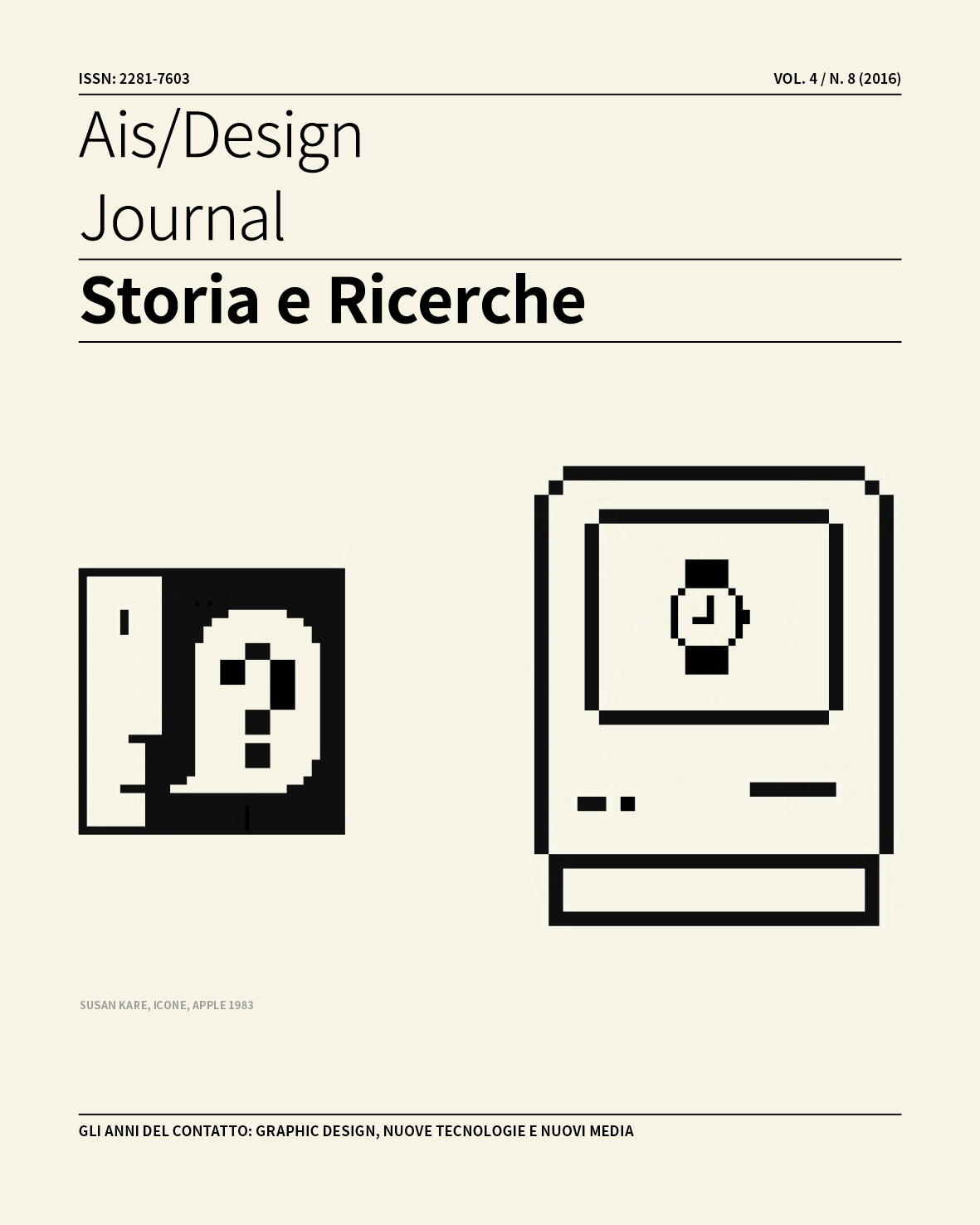Total Design and the Case of the Aesthedes Computer
Changing the Tools of Dutch Graphic Design in the 1980s
Abstract
Graphic design history often reports the introduction of the Apple Macintosh predominantly as a sudden occurrence that inevitably led to a new design attitude and aesthetics. What if, instead, we consider that event not so much as the beginning of a revolution but, instead, as one stage in a longer process of transition towards computer-aided design?
Focusing on the Netherlands, this paper articulates that designers were already influenced by computer technology in previous decades and that the attitude towards this new tool developed over time, as shown by a comparison of the work of such designers as Wim Crouwel – who was inspired by the new digital technology and designs – with that of Ootje Oxenaar, Peter Struycken and Jurriaan Schrofer, who experimented with the computer as an automated production aid.
The main focus of the paper is however on the story of the Aesthedes computer – a remarkable design computer put into operation shortly before the launch of the user-friendly Apple Macintosh – and of its adoption at the Total Design agency in the early 1980s. The brief existence of the Aesthedes helps to illuminate different stages of graphic designers’ conception of and approach to the computer: from a quintessentially modern phenomenon and source of inspiration and, later, an industrial tool to automate traditional design work, to the medium that allows designers to express their ideas.
Copyright (c) 2016 Karin Van Der Heiden

This work is licensed under a Creative Commons Attribution-NonCommercial-NoDerivatives 4.0 International License.
Creative Commons NonCommercial-NoDerivates 4.0 international License (CC BY-NC-ND 4.0).


